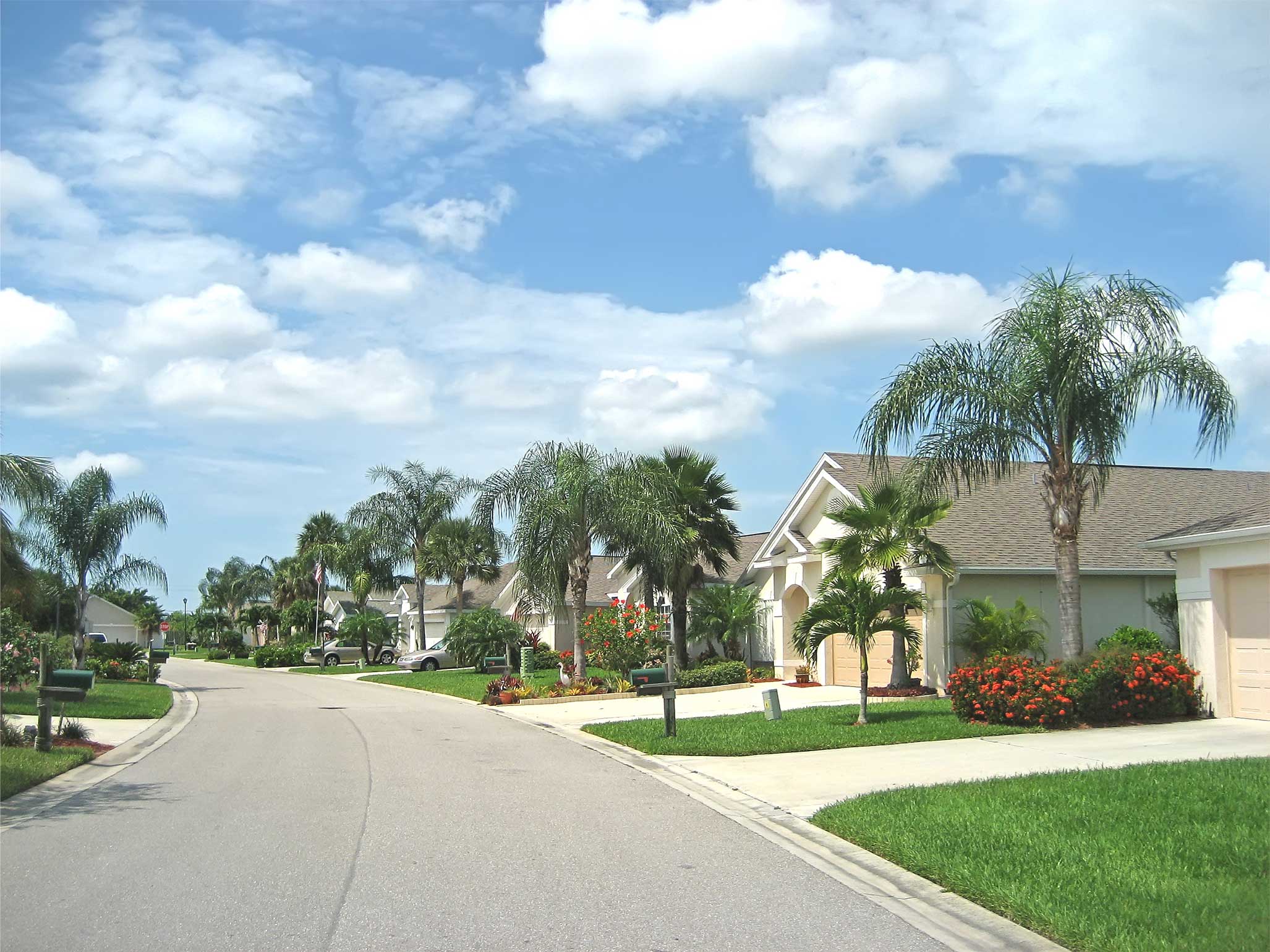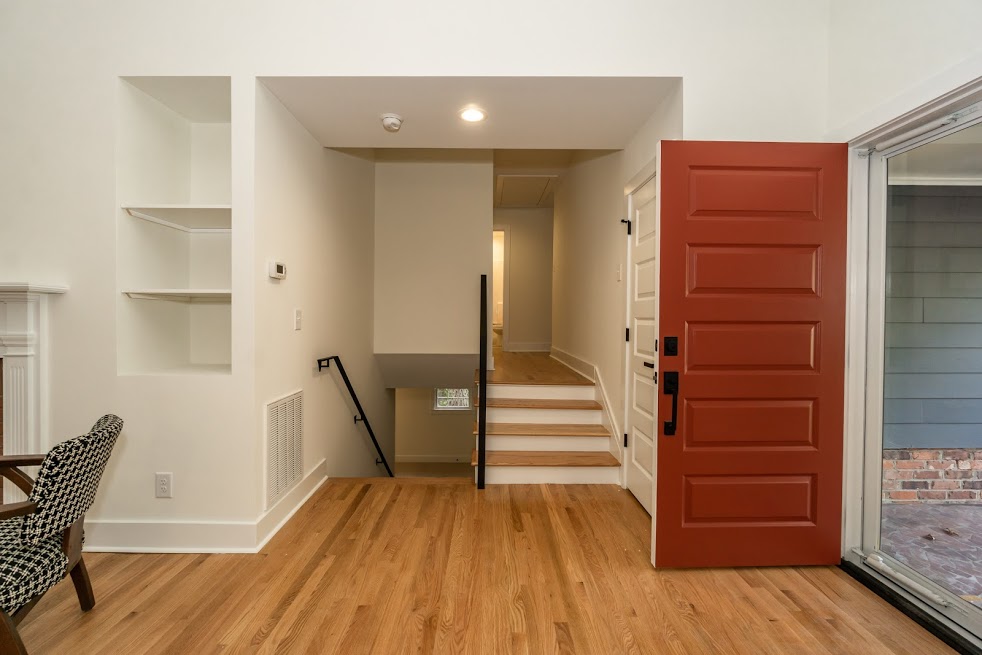Wear & Tear vs. Damages
Security deposits can be used to repair damage for which a resident is responsible, however, Florida law mandates that the landlord cannot apply the security deposit to items that are considered “normal wear and tear.” As “normal wear and tear” is a somewhat ambiguous concept, it is ultimately up to a court should the landlord and tenant have a dispute as to any charges against the security deposit. The ultimate question therefore is, what is the difference between normal wear and tear and damages?
The following list of examples are intended as a guide to reasonable interpretation as to the differences between expected ‘wear and tear’ from normal residential use and irresponsible, intentional, or unintentional actions that cause damage to a property. While this list is not all-inclusive, it gives a good overview of the differences between normal wear and tear and damages.
Additionally, courts have also ruled that the length of time a tenant has occupied a property must also be taken into consideration when accessing damages in regard to deductions to a tenant’s security deposit. The longer a resident has resided in a property the more allowance or pro-rations must be given for wear and tear.
Notice that normal wear and tear does not include dirt – excessive dirt is considered negligence, carelessness, accident or abuse.
Wear and Tear | Damages | |
Small nail holes caused by a mechanical fastener (nail, screw, etc) utilized to hang or secure standard pictures, frames and other items on walls. | Larger holes from hanging shelving, large pictures, wall anchors, toggle bolts, flat screen television brackets or any other wall hanging that causes damage larger than small typical fastener. | |
Faded, chipped or cracked paint due to normal and expected wear of paint or deterioration of sheen over time. Imperfections caused by normal residential use-scratches, small blemishes, small chips, etc. | Spot painting, excessive patching or mis-matched paint resulting from poor touch up painting, unapproved painting of any kind done by resident. Excessive wear to painted surfaces outside of what would typically be expected. | |
Faded/mildewed caulking, silicone or other sealants around the bathtub, tiles, sinks, countertops, vanities, etc. | Missing caulking around the bathtub and tiles, excessive mildew or water damage, unreported issues potentially. | |
Hard water deposits or stains in sinks, tubs, showers, etc. | Buildup of dirt, mold, mildew, or water stains from a preventable or unreported water leak or drip at a fixture or in wet areas or water damage to hard surface flooring resulting from unreported leak or issue. | |
Worn out or deteriorated finishes on deadbolts, locksets, handle sets, loose or stubborn door locks, loose hinges, handles, cabinet pulls, knobs, etc. | Broken, lost or unreturned keys, broken door locks, hinges, handles, cabinet pulls, knobs not resulting from normal wear and tear. | |
Door sticks in frame from settling or old/worn weather-stripping needing replacement. | Damage to a door, frame or trim from forced entry, pull-up bars, striking, etc. | |
Worn, matted carpeting in traffic areas resulting from the normal movement of people through a property. | Torn, burned, stained, missing, ripped, scratched or snagged carpet or any damage resulting from a pet, authorized or unauthorized. Excessive traffic wear and damage resulting from neglect or failure to take precautions to preserve flooring. Scratches in hard surfaces caused by pets, moving furniture, abuse, etc. | |
Faded or worn finish on wood floors, especially in traffic areas. Normal wear and tear on other flooring types such as linoleum, vinyl, LVP, laminate, etc. | Scratched, gouged, warped or water damaged wood floors or other flooring types resulting from resident negligence or abuse. | |
Worn countertops or cabinetry over time due to daily and typical use. | Burned, cut, stained, scratched or water damaged countertops, cabinets, vanities, etc. | |
Drywall cracks from settling | Holes in walls, drywall, doors, screens or windows from misuse, negligence, carelessness, accident, or abuse. | |
Loose wallpaper | Ripped or marked-up wallpaper | |
Worn, faded or heat blistered mini-blinds. | Broken, bent, cracked window coverings, missing slats, wands or hardware. Broken strings or any damage resulting from a pet. | |
Dirty window and door screens. | Torn or missing screens, bent frames, etc. | |
Sticky or worn window mechanicals | Broken windows, frames or abuse resulting in poor function. | |
Loose, worn or inoperable faucet handle | Broken, scratched, damaged or missing faucet handle | |
Running toilet | Broken toilet seat, tank top, handle or chipped, cracked or damaged toilet bowl, tank or seat. | |
Musty odor | Urine or pet odor throughout unit | |
Closet bi-fold door off track or needing adjustment | Damaged or missing bi-fold door, knob, track resulting in poor function. | |
Old, expired, or non-functioning smoke or CO detector (not resulting from damage) | Missing or detached smoke detector or CO detector or missing batteries | |
Non-functioning light or electrical fixture | Missing, burnt out, or incorrect style light bulbs or damage to a fixture resulting in non-function. | |
Dry, brown lawn or landscaping (not resulting from neglect or failure to water or tampering with irrigation or timer) | Lawn with pet urine spots, dead areas, excessive weeds, lack of irrigation as a result of neglect or tampering with irrigation or timer settings. | |
Slow/no draining drains | Drains that are clogged by hair, toys, or other non-flushable objects |








